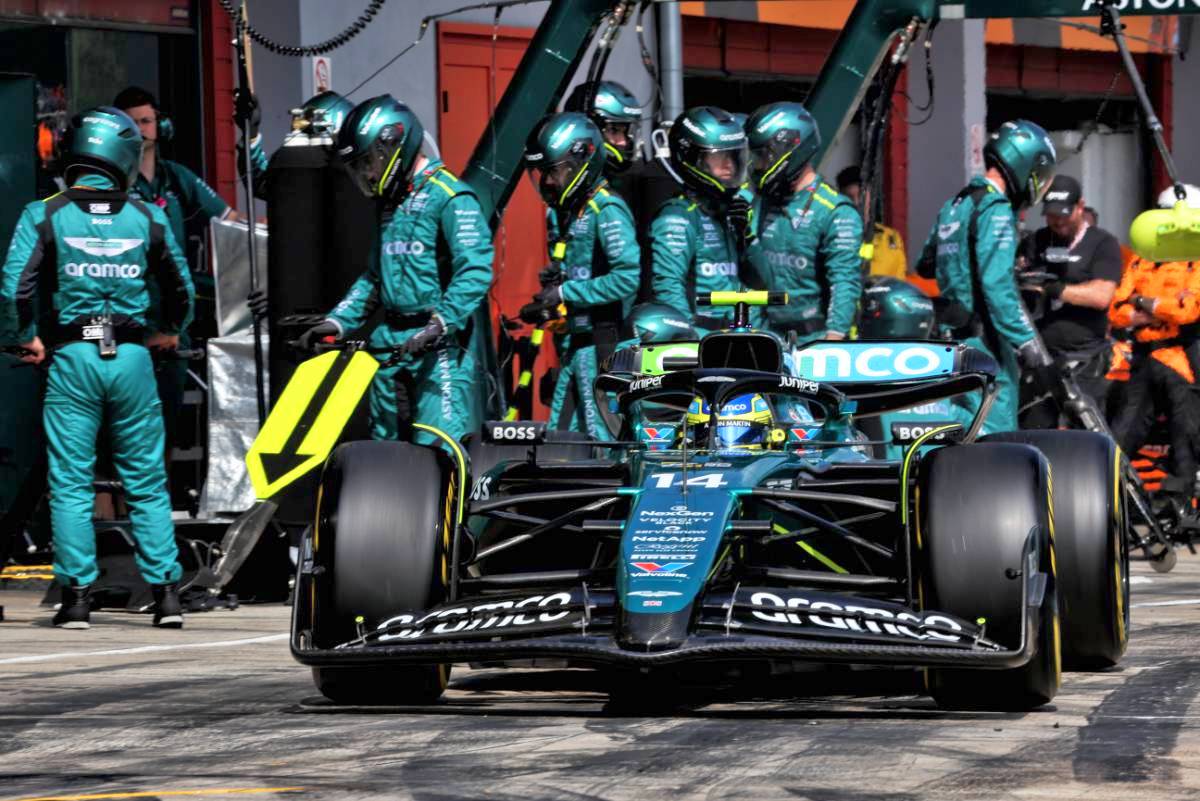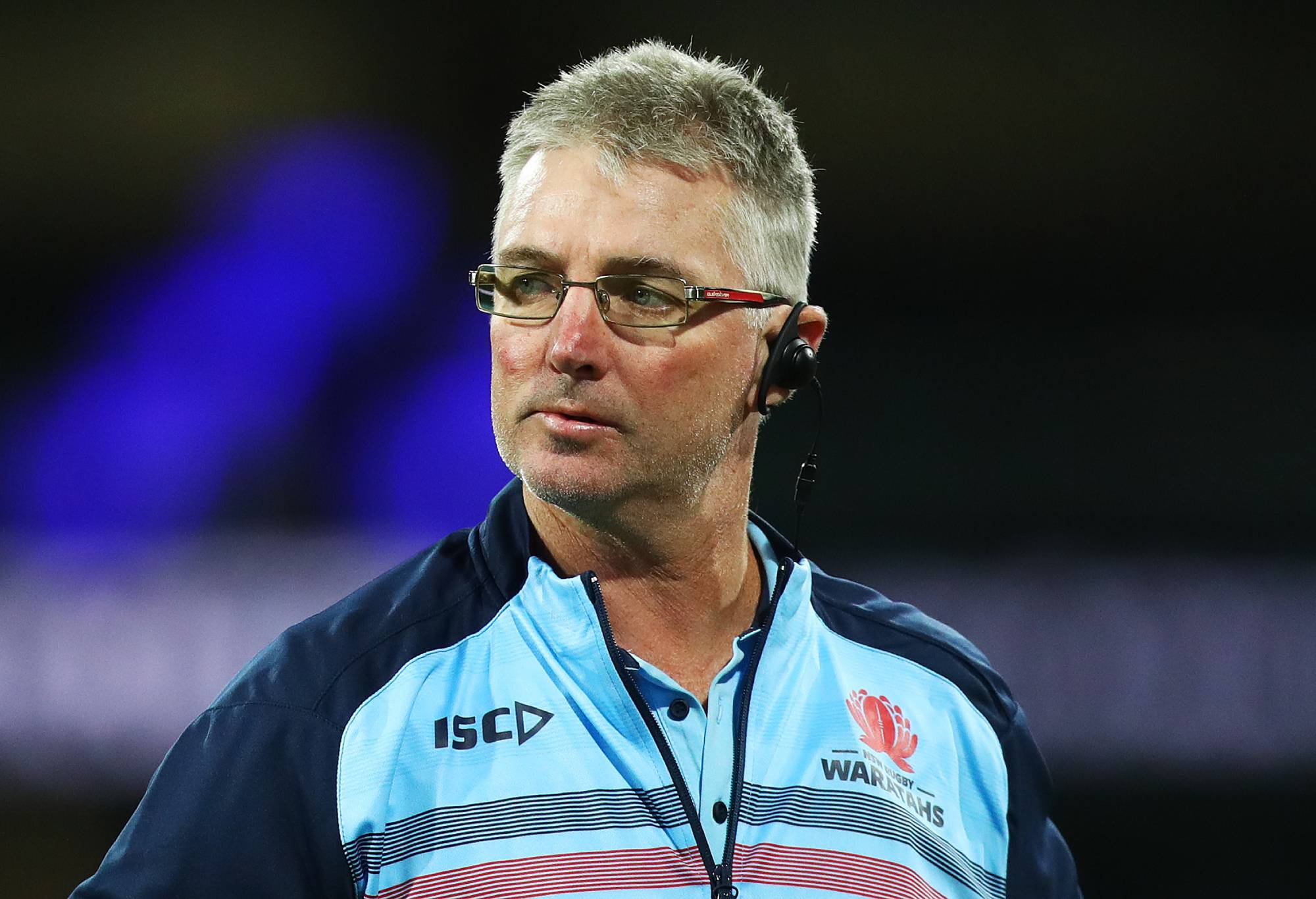
Ryan Poles’ best pick of the 2024 NFL Draft might not even have been Caleb Williams or Rome Odunze, according to a recent analysis.
As I’ve written a number of times on this site, Ryan Poles deserves his flowers for turning the Chicago Bears — a dead-in-the-water franchise just two years ago — into a team with playoff (maybe even championship) aspirations in the very near future.
A recent analysis of Poles’ work in the 2024 NFL Draft suggests we might not be giving him enough credit.
Steven Patton, a data analyst and economist who frequently uses analytics to highlight trends in the NFL, crunched the numbers on how well NFL general managers performed during this last draft in terms of value added to their rosters.
Specifically, he plotted “blind surplus” value, which represents the inherent value of the pick (minus the contract value) in millions of dollars, against the “weighted position surplus” of each pick, which accounts for reaches and steals at various positions.
In other words: each pick has an inherent value, with the No. 1 overall pick obviously having the most value both in terms of what it represents (often the ability to get the best player/quarterback in the draft) and the actual set value on the rookie contract scale. But it also behooves a team to take the best player at a premium position, like quarterback, at No. 1 overall.
This leads us to Poles, whom Patton highlights as perhaps the biggest winner of the 2024 NFL Draft among general managers. According to Patton’s charts, Poles generated the most weighted position surplus value over expected of any GM in football by a long shot, leaving the likes of New England’s Eliot Wolf, Denver’s George Paton and Minnesota’s Kwesi Adofo-Mensah in his wake.
The best and worst GMs in terms of Weighted Position Surplus over Blind Surplus in the 2024 NFL Draft:
1. Ryan Poles
2. Eliot Wolf
3. George Paton
4. Kwesi Adofo-Mensah
5. Mickey Loomis
…
28. Dan Morgan
29. Trent Baalke
30. Tom Telesco
31. Monti Ossenfort
32. Brian Gutekunst https://t.co/FN5pf275Dj pic.twitter.com/g0E5loTmsb— Steven Patton (@PattonAnalytics) May 6, 2024
Now, you might be thinking two things.
- What does that even mean?
- Of course Poles had a great draft. He got to draft Caleb Williams and Rome Odunze in the first round!
Those answers are bound together, and you might be a touch surprised about the truth around Point No. 2.
If you look at the second embedded tweet, which focuses only on the weighted position surplus over expected from the first round, Poles and the Bears rank only rank a bit above average despite taking a quarterback (Williams) who should vastly outstrip his “blind value” and a wide receiver.
That’s partly because the surplus over expected for taking Odunze wasn’t as high as you’d think, which brought the average down for the Bears. One wonders what the graph would’ve looked like if the Bears had only picked Williams or had selected one of Marvin Harrison Jr. or Malik Nabers. But I digress.
You’ll also note that most of the teams who drafted a quarterback in the first round sit above the trend line for weighted position surplus over expected — Atlanta being the exception. The reason: even “good” quarterback play on a rookie deal is insanely valuable when you compare it to what good-to-elite veteran quarterbacks get on the open market.
As for the Bears, things get more interesting when you consider what they did in the later rounds.
Like more analytics-minded people, Patton’s models aren’t kind to the Bears for selecting Iowa punter Tory Taylor in the fourth round. Though Taylor could very well end up one of the best punters in the league and unironically might be one of the safest players in this year’s class, drafting a specialist at all will be frowned upon more often than not from an isolated numbers perspective.
But trading back into the fifth round to select Kansas edge Austin Booker, who was probably a top-100 player on a few draft boards? Now we’re talking.
Here’s a breakdown of the Bears’ draft class. Caleb Williams provided the most annual expected surplus by a wide margin.
Tory Taylor was a massive reach, but the selection of Austin Booker was great value. https://t.co/uO786GHWBG pic.twitter.com/jue58cbmyl
— Steven Patton (@PattonAnalytics) May 6, 2024
When looking at these numbers, it’s clear the Booker selection swung things wildly in Poles’ favor in terms of weighted position surplus over expected, even overcoming the knock provided by the Taylor selection. When you only have five picks in a given draft, every single one matters. In this case, it probably swung the analytics opinion of Poles’ draft from “meh” to “amazing”.
Now, it’s important to note that while football, like every sports, is a numbers game, the numbers don’t actually play. Booker was an absurd value in the fifth round on paper, but we still have to see if he’ll meaningfully contribute in the defensive line rotation going forward.
Additionally, Taylor is certainly the best non-Williams/Odunze player the Bears picked up in the draft last month. If he becomes an All-Pro, no one’s going to care that the analytics didn’t like him being a fourth-round pick.
But again, these data are meant to evaluate Poles’ process as a general manager, which absolutely matters if you’re trying to build a sustainable team.
This year’s draft asserted once again that his team-building process is sound. Now, it’s time to see the results.



















You must be logged in to post a comment Login